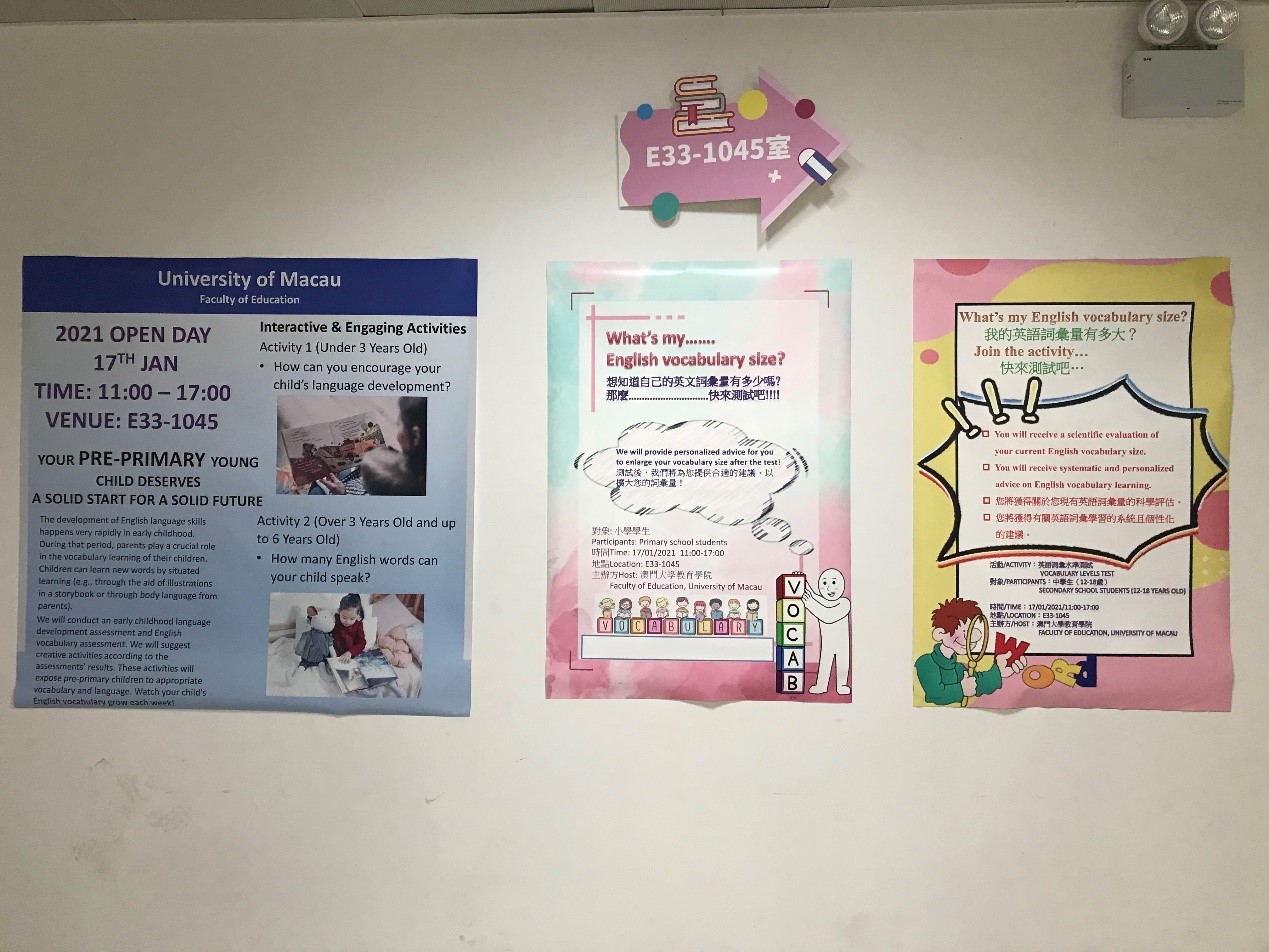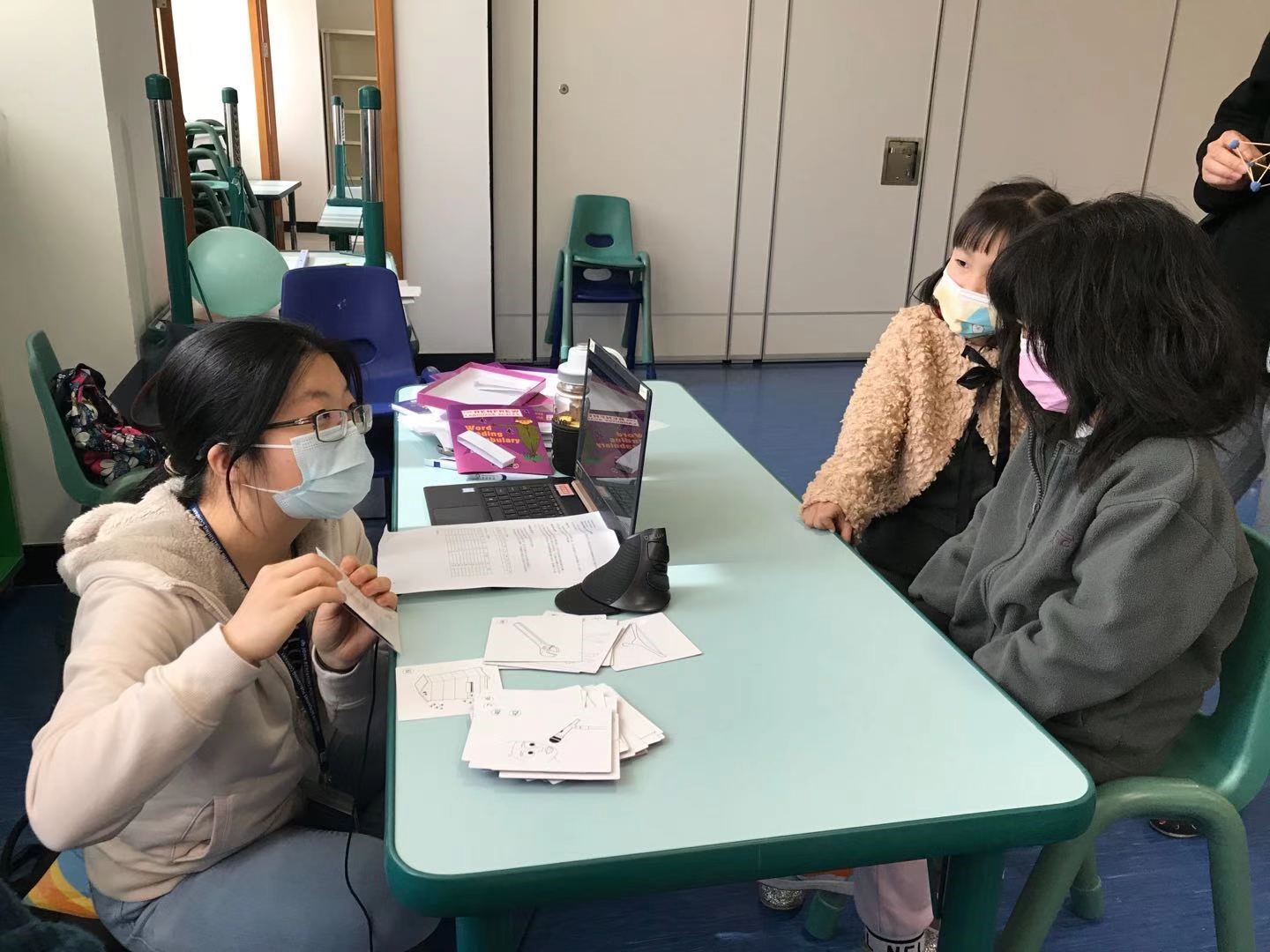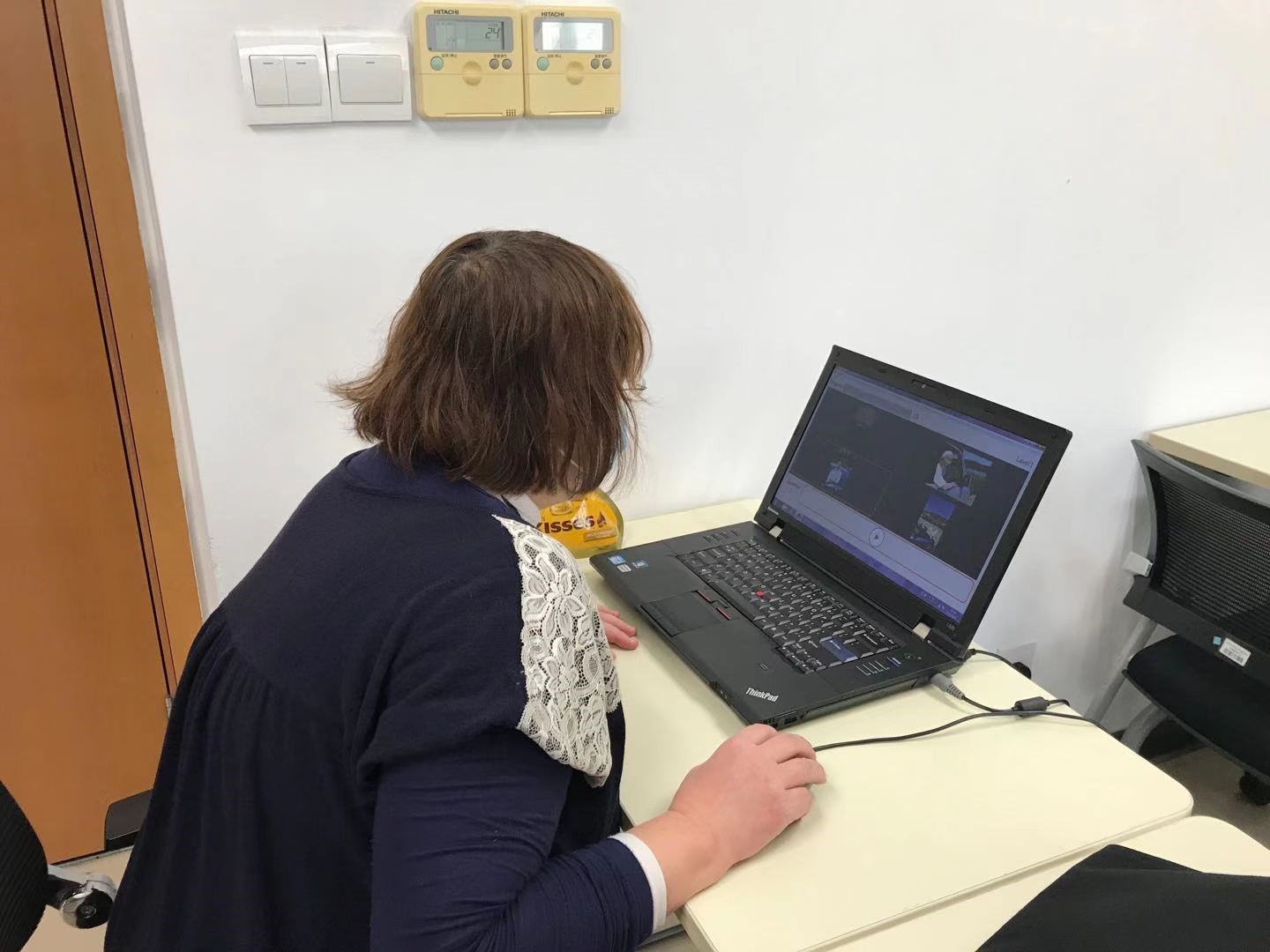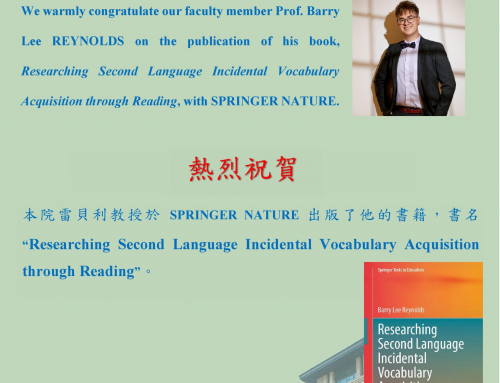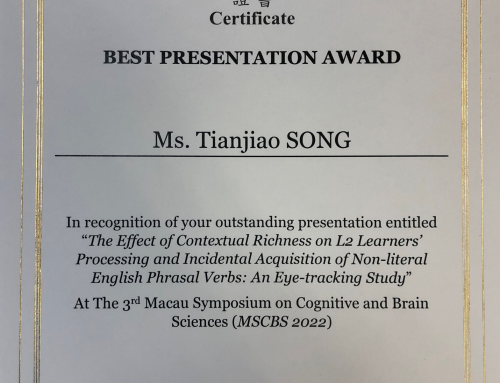Time: 11:00 am- 5:00 pm, Sunday 17th January 2021
Venue: E33-1045
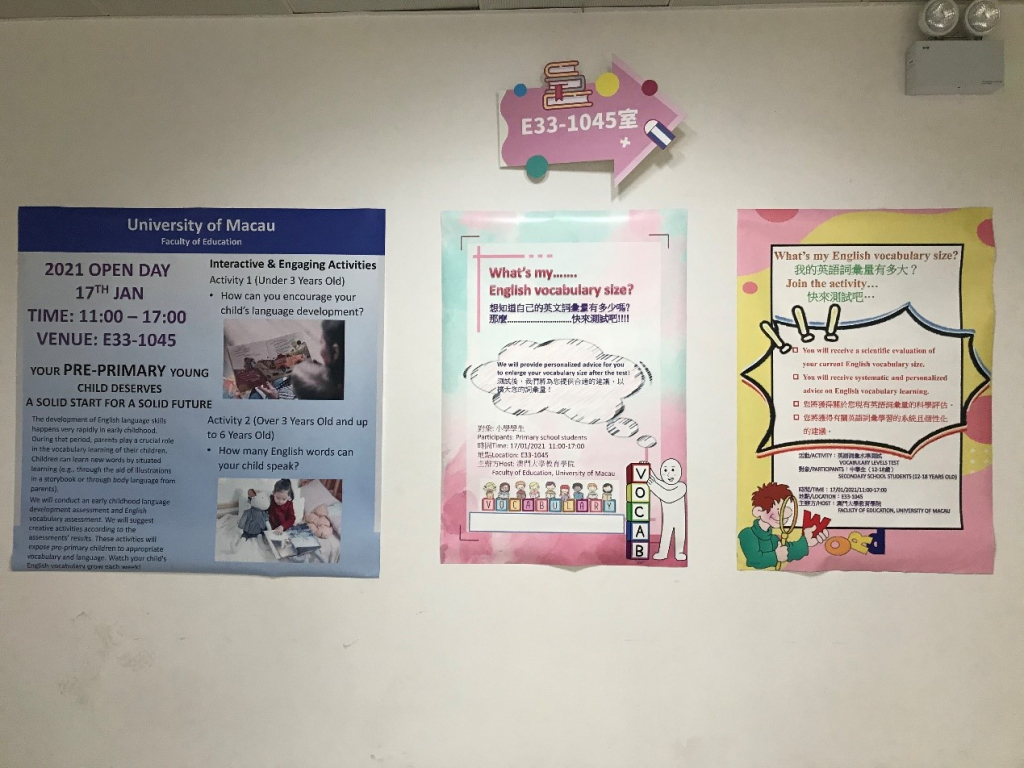
To celebrate the University of Macau’s (UM) 40th anniversary, the Faculty of Education (FED) organized a series of interactive activities for the public to experience UM’s development in education and its vibrant campus life on UM Open Day, 17 January 2021. The ALLL lab organized the activity “What’s my English vocabulary size?” for Macao English as a Foreign Language (EFL) learners. The goal of the activity was to help participants understand their current vocabulary size and to provide them systematic and personalized advice on vocabulary learning. The ALLL lab specifically designed three different versions of activity to target three different grade levels: pre-primary, primary, and secondary level students so that participants of all ages could benefit and get engaged.
The activity “What’s my English vocabulary size?” was successfully held on the UM Open Day. We have confidence that participants shall bring home with them both a better understanding of vocabulary learning and joy as well.
Activity 1. Pre-primary Level
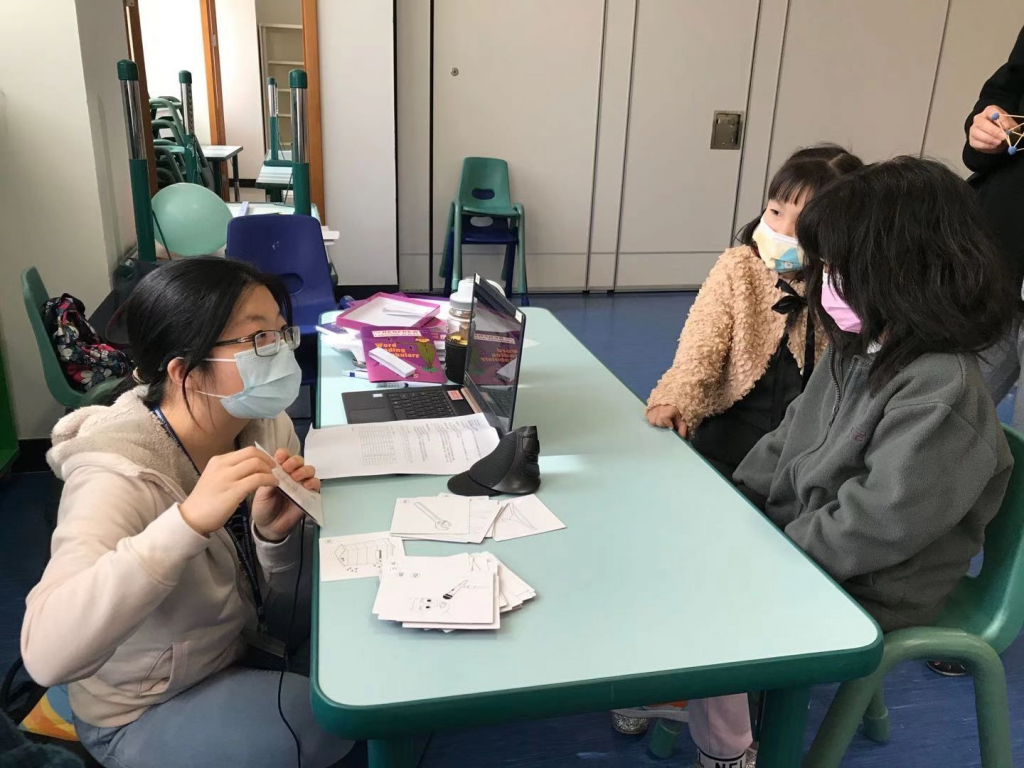
The focus of the pre-primary young children activities was on the key aspects of the English vocabulary learning. This included interest to learn English words, vocabulary development, and English vocabulary study strategies. Our activities were conducted in a one-to-one setting based on the pre-primary child’s specific needs. We used early childhood English learning screening because it is a quick check to make sure a pre-primary child is learning on schedule. For example, we used the Ages & Stages Questionnaires* 3rd Edition (ASQ*-3), a parent-completed screening tool. Its communication section asks about language development: what a very young child (i.e., below 3 years old) understands and speaks. In addition, The Renfrew Language Scales was used to provide a norm-referenced means of assessing children’s speech and language. The assessment contains 50 line-drawn pictures and is suitable for children aged 3-6 years.
Screening results showed children’s strengths and areas that may need support. We gave highly tailored suggestions based on the screening results to ensure an optimal outcome. One of the parents reflected that setting clear expectations based on his two young children’s screening results really helped him understand how to facilitate his two children’s English learning. When parents understand their pre-primary children’s English learning issues fully, progress will be natural and ongoing.
All the parents expressed their appreciation regarding the efforts put in by the team in preparing this Open Day event and giving them all the confidence to start their pre-primary young children’s next phase of English learning. They said they would fondly remember all the highly tailored suggestions from the UM open day!
Activity 2. Primary Level
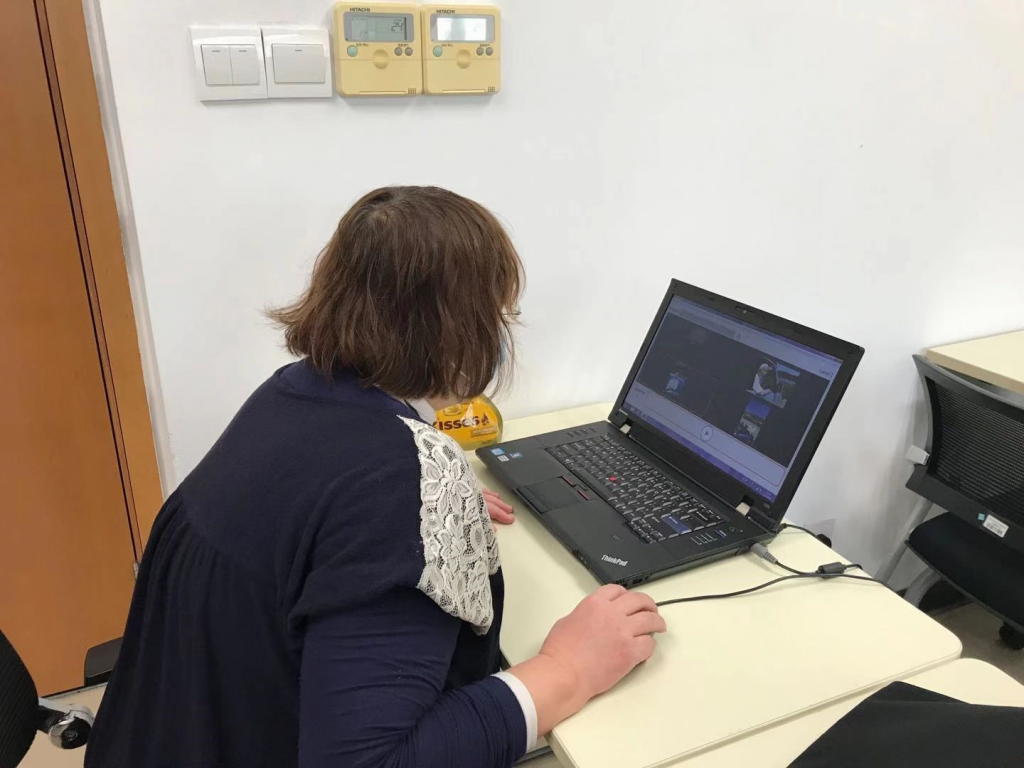
The Picture Vocabulary Size Test (PVST) was adopted to measure primary level learners’ vocabulary size. Although the test is designed primarily for young pre-literate children, it can be used with older learners of English as a second or foreign language. It is a recognition test that measures whether the test-taker can match a suitable meaning (a picture) with a given partly contextualized aural word form. The test has 96 items and two versions are available. The PVST is used for formative assessment, particularly diagnostic assessment. As a result, a learner’s performance on the PVST can be used as an indication of whether they have adequate vocabulary knowledge to perform a certain task. Thus, the test should be a very useful pedagogical tool that can be used along with other diagnostic procedures for examining a learner’s reading, listening, speaking, and writing skills. Anyone that is interested in the test may refer to the link for further information: https://www.laurenceanthony.net/software/pvst/.
Three laptops were set up on site with the PVST installed for participants’ use. After taking the PVST, each participant was given a personalized feedback on the result, and further suggestions for their language learning was also provided. Participants thought it was a very intriguing activity. Even professors such as Prof. Matilda Wong from FED were very interested in the PVST and even gave it a try!
Activity 3. Secondary Level
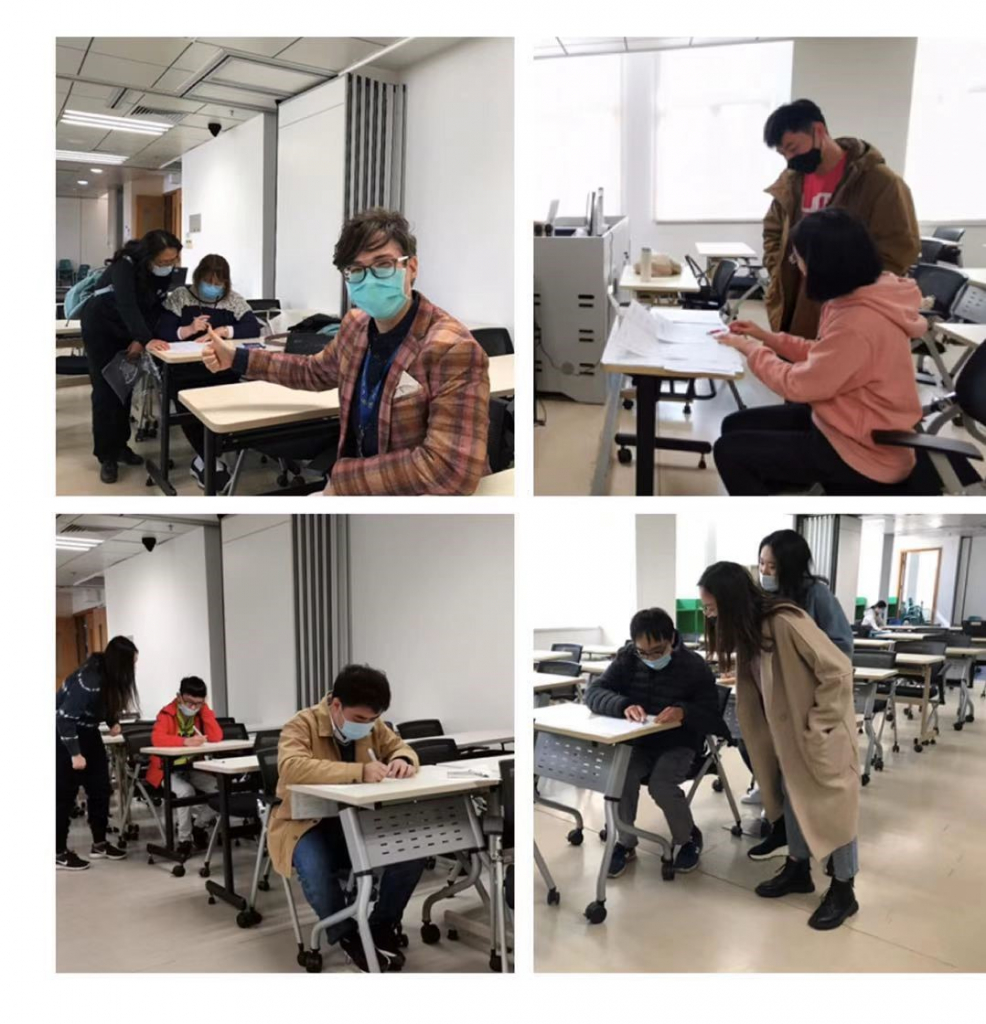
The activity held for secondary school learners was a Vocabulary Levels Test (Nation, 1983). The test measures EFL learners’ vocabulary size at five frequency levels: 2,000, 3,000, 5,000, university level, and 10,000. These bands tell how much vocabulary is necessary for particular kinds of English activities. For instance, the mastery of the 2,000 most frequent words of English would enable learners to read simplified texts. Each frequency level has 18 items in a form-recognition matching format. Participants were given 50 minutes to complete the test. As the test is suitable to supply a profile of learners’ vocabulary, it is particularly useful for placement and diagnostic purposes. Based on the test results of each participant, personalized advice on how to improve their vocabulary size was given. For example, learners who get fewer than 12 items out of 18 items correct at the university word level will be instructed to explicitly and systematically learn words in the Academic Word List and intensively read university textbooks to enlarge their vocabulary size at that level.
Although the activity is designed for secondary school learners, it has attracted a wide range of participants with varying backgrounds and L2 proficiency, including middle secondary school students, high school students who are about to enter university, university students either English majors and non-English majors, and even professors who are English education researchers. They all expressed their interest to the activity and thought both the test and advice given were quite useful.

